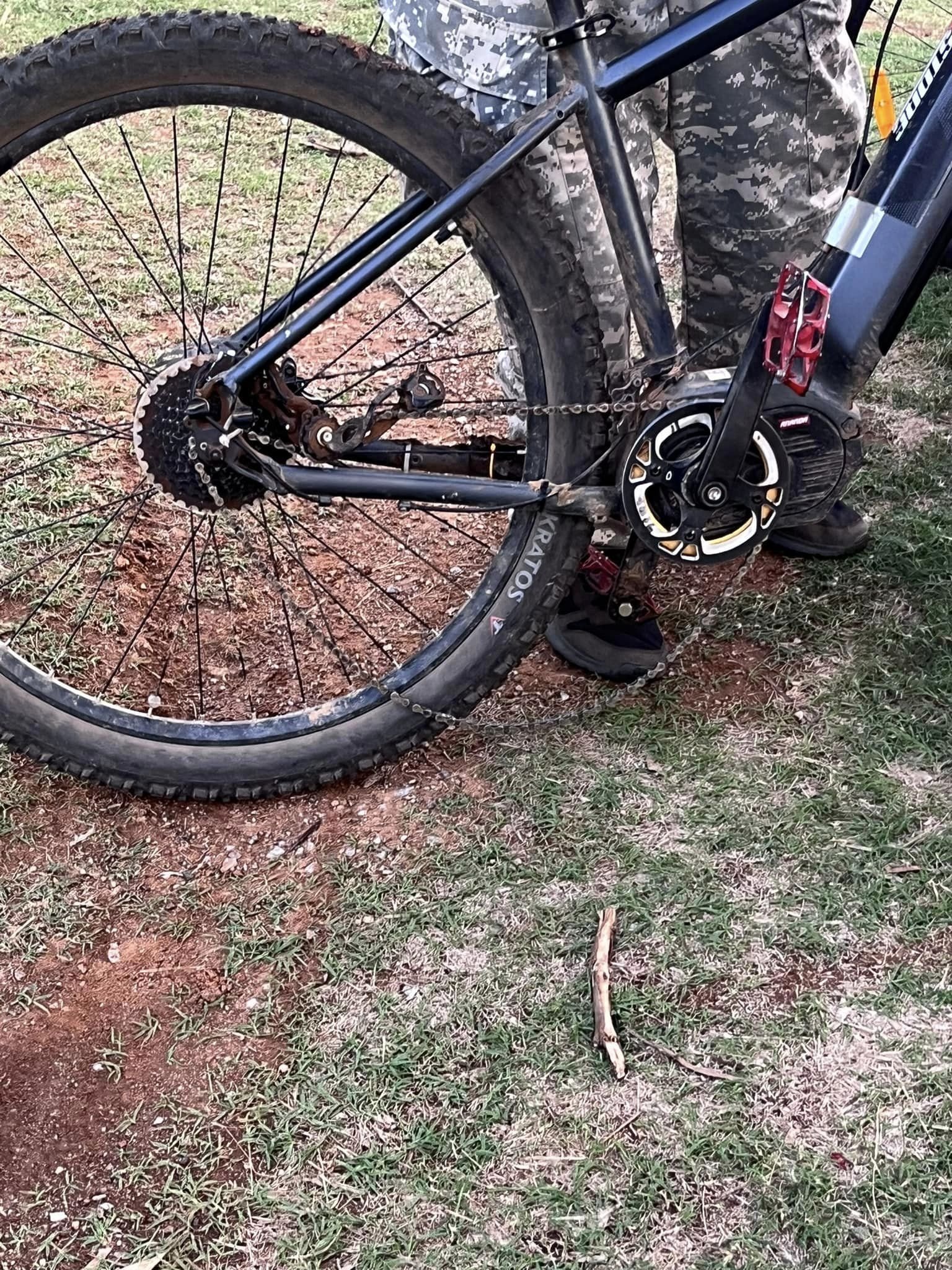Oppa
New Member
So Orbea 2023 Rise M10. Looks to be ISCG standard on the EP801 motor bracket mountings. Challenge is I bought a bash guard Funn for the lower sprocket. Will not work with the existing chain guide. I could remove the upper guide and put on the lower bash guard or buy a new set up which includes both. If I had to choose where I am most likely to see a failure it will be on the bottom of the sprocket going over rocks and walls. Now depending on which article you read there is no definitive answer to either run with or without the top guide. Curious as to opinions here.

